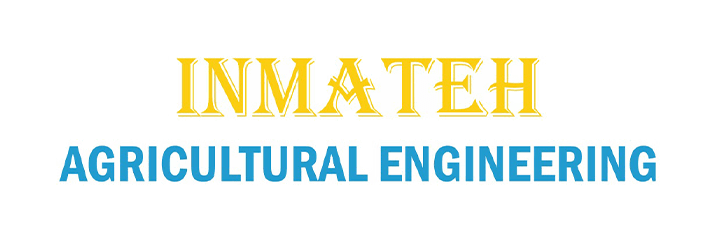EFFECTS OF APPLICATION METHOD AND RATE OF LIQUID STARTER FERTILIZER ON MAIZE GROWTH AND YIELD
液态起始肥施肥方式及施肥量对玉米生长及产量的影响
DOI : https://doi.org/10.35633/inmateh-77-21
Authors
Abstract
Liquid fertilizers have gained widespread use owing to their higher nutrient use efficiency, improved nutrient uptake, and reduced environmental impact. However, the agronomic effects of different application methods and rates of liquid fertilizer on maize growth and yield remain insufficiently investigated. This study conducted a two-year field experiment to evaluate the effects of four fertilizer application methods: band application of granular fertilizer (BAGF), mixed hole application of liquid fertilizer (MHALF), side hole application of liquid fertilizer (SHALF), and a control treatment without starter fertilizer (CK). Four liquid fertilizer rates (45, 105, 150, and 300 kg/ha) were tested. The results indicated that the application method plays a critical role in determining maize emergence and early growth. In particular, SHALF at moderate rates (45 and 105 kg/ha) significantly improved emergence rate, dry matter accumulation, and plant height compared with MHALF and BAGF. In contrast, high fertilizer rates (150 and 300 kg/ha) in MHALF treatments negatively affected emergence rate. Fertilizer treatments also had a significant effect on maize yield and its components. The SHALF treatment at a rate of 150 kg/ha resulted in an average yield increase of 4.9% compared with CK. These findings suggest that a moderate rate of SHALF is a practical and effective strategy for improving maize productivity in cold temperate regions.
Abstract in Chinese





